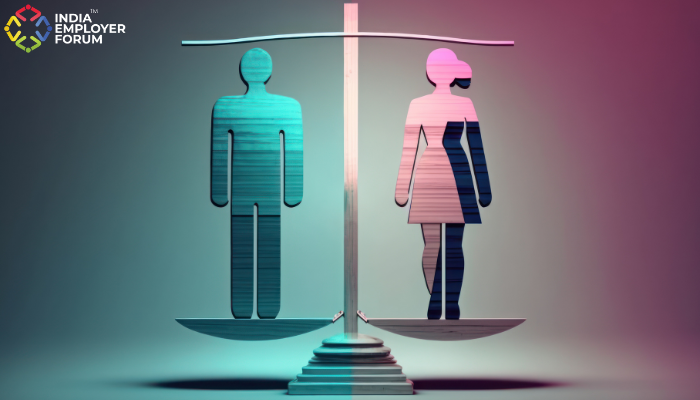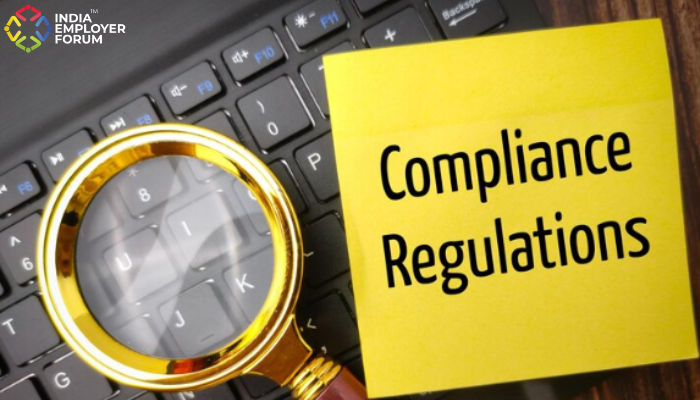What statistics reveal about gender pay parity is very sobering and disheartening. As per the estimates of the World Economic Forum, achieving complete gender equality will likely require 108 years, while achieving workplace parity may take as long as 202 years. In India alone, according to a report by the International Labour Organization, the gender pay gap in India as of 2023, stands at 27 per cent, which means that women earn 73 percent of what men earn for doing the very same job. But one doesn’t get the accurate picture from these statistics, which makes it all the more important for HR leaders to truly understand phrases like pay parity, pay gap and pay equity gap.
A pay gap usually refers to the difference between the wages per hour of men and women. For example, there will be substantial pay differences between genders in a company with male senior leaders and female administrators. This is an uncontrolled gender pay gap. Controlled pay gaps take into account factors like experience, education, job title, industry, job location etc.
Pay parity is when there is no pay gap. Many organisations actively follow pay parity and pay people fairly for performing the same job. This allows for some disparities based on education, performance and experience.
The road to pay parity is long as pointed out by the World Economic Forum. It is a systemic issue, however good or exceptional a woman may be at her job, if she decides to have a family and goes on parental leave, she may not get back her original job if her employer doesn’t allow her to have a flexible schedule or work from home. She may no longer get the opportunities that her education, experience and work ethic deserve. That’s when women fall out of the race and are not on par with their co-workers.
Laws that prohibit employers from asking about an applicant’s previous salary and making an offer based on that, would go a long way in establishing pay parity. It’s more than likely that a woman has been making less than she should with a previous employer and if the next employer uses that to set her new salary, the wage gap never ends.
Pay parity goes much beyond gender and occurs in other groups as well. PayScale in its survey found that Black, Native American and Hispanic men earned less than white men, whether it was a controlled or uncontrolled pay gap.
For any organisation to be truly fair, the pay gap is an issue that needs to be addressed. If an employer notices a pay gap, it is important to determine the cause — work experience, education, unconscious bias or open discrimination. The first step is to conduct a pay audit to check whether any disparities require a correction. Next, give adequate training to ensure that supervisors and managers are fair and transparent in what they do. Employers need to assess disparities in talent management like selection, recruiting, hiring, assessment and promotions. Everyone should have a fair shot at high-profile assignments through an equal distribution. Planning mundane events at the workplace shouldn’t be piled on the same person every time and there should be adequate mentoring opportunities for everyone. Companies need to be transparent about how employee’s salaries are determined. Any pay gaps should be reported and steps to curb them should be taken.
Pay parity creates fair workplaces which eventually leads to progress and gender equality. This creates a productive work environment that enhances the global economy as a whole.
References:
Pay parity: What is it and how does an employer get there | HR Dive | July 2020
Tackling the Issue of Gender Pay Gap | Drishti The Vision | March 2023
Racial Wage Gap for Men | PayScale | May 2019
You might also be interested to read: National and Personal Empowerment through Financial Literacy




